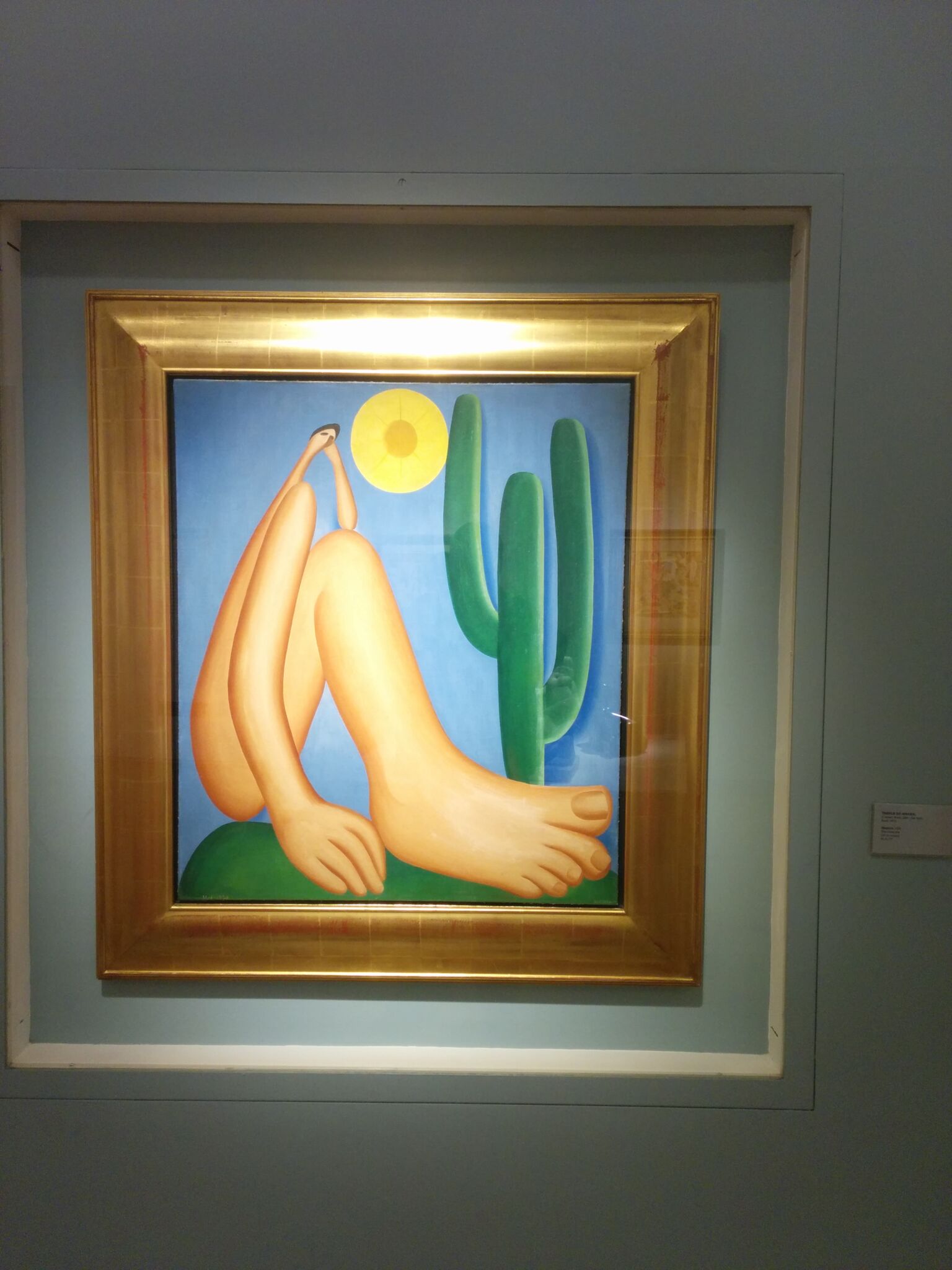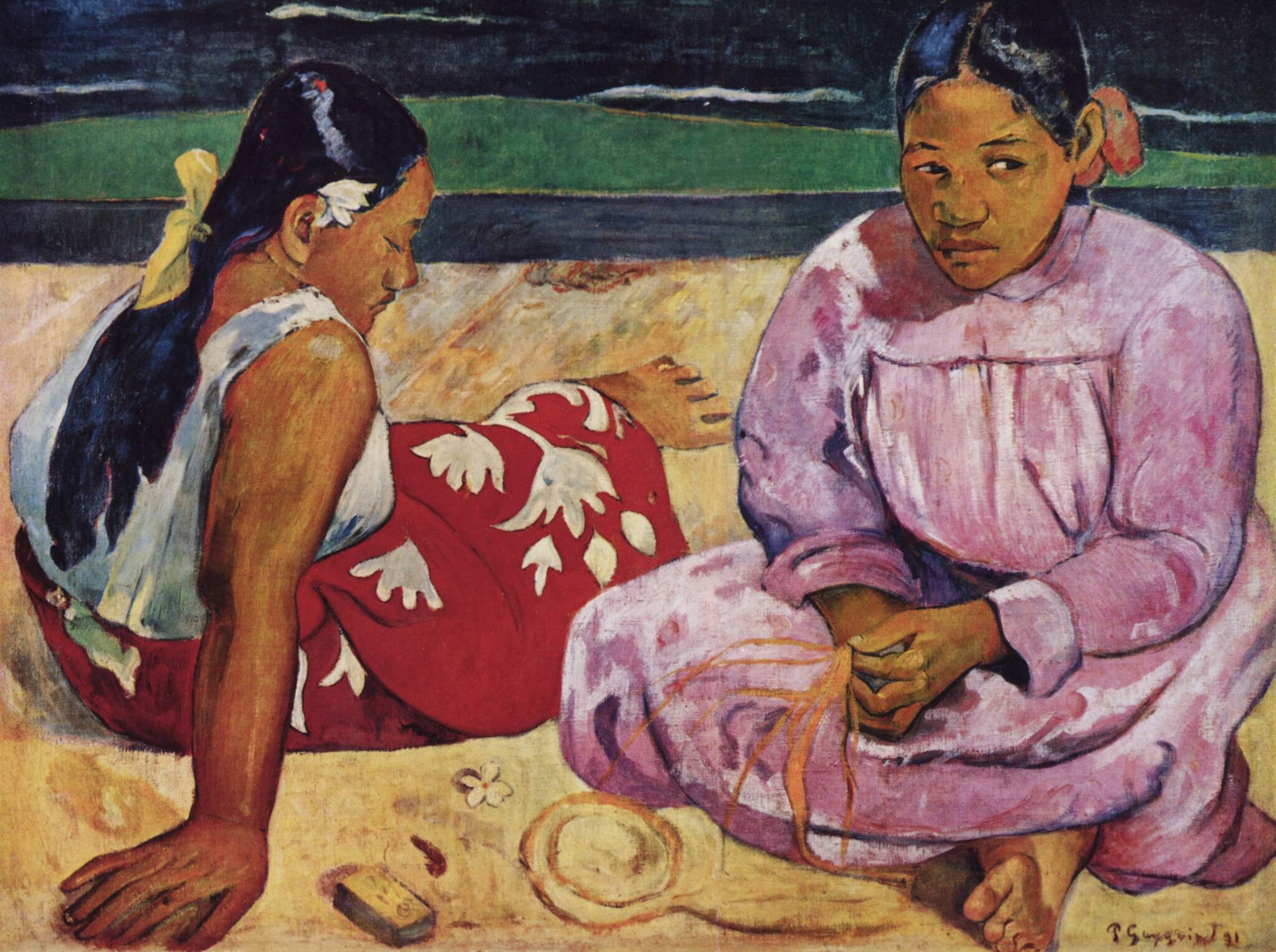Cultural appropriation or assimilation?
Taking the foreign as our own

We live in a world where everything is intertwined. Where traditional patterns appear on glossy magazine covers, Indian saris grace the eveningwear of European designers, and dishes from across the globe have become staples in everyday menus. It all seems natural – almost inevitable, as if the boundaries between cultures have faded. But rarely do we pause to consider that behind this "exchange" might lie something deeper: a potential devaluation, an invisible line we may be unknowingly crossing.
Cultural appropriation is a term that sparks heated debate. Some see it as a restriction on freedom of expression; others view it as an essential way to define boundaries and restore respect. Let’s take a closer look: What exactly are we borrowing from other cultures? How is it perceived? And is it possible to do so respectfully?
The consequences of meaninglessness
Cultural appropriation refers to the use of elements from a culture that is not one’s own, without understanding, context, or consent. It could be clothing, rituals, hairstyles, musical styles – anything that holds significance for a community but is reduced to a fashion statement or a commercial product. Most often, appropriation occurs under conditions of inequality, when elements of a marginalized culture are used by members of a dominant group.
The issue isn’t that someone "took something foreign," but how they did it. Was there interest in its meaning? A desire to understand? Or just the intent to stand out? Did the original culture gain anything from this exchange?

source: Museo de Arte Latinoamericano de Buenos Aires
Not everything borrowed is appropriation
It’s important to distinguish appropriation from cultural exchange. Exchange happens when there is mutual respect and when both parties are active participants. For instance, if you're attending an event and are invited to wear traditional clothing, that’s a gesture of connection, not appropriation. It’s not taking, it’s being welcomed. Inspiration, like friendship, requires reciprocity.
There’s also the concept of collaboration, where individuals from different cultures work together, sharing ideas, profits, credit, and visibility. In these cases, the result becomes a shared space – a new story that no one claims as their own.

source: Pushkin Museum of Fine Arts
The boundaries are ethical, not aesthetic
To understand why cultural appropriation causes outrage, we must listen to those affected. When elements of a culture that were once grounds for discrimination suddenly become trendy, it creates a contradiction. Why is it that the same styles people were once told were "too weird," "unprofessional," or "disruptive" are now praised, only when repackaged by the mainstream or "whitewashed"?
This isn’t about jealousy, nor is it about forbidding interest in other cultures. It’s about equity and respect. Many items, patterns, and gestures carry history. And sometimes, trauma. When people don’t know or don’t care about that history, it can feel like erasure. Like being used, but not seen.
We’re all strangers in borrowed images
We can’t, and shouldn’t, refuse cross-cultural exchange. But how we approach it matters. Before drawing inspiration, ask yourself: Do I understand where this comes from? Do I know what it means? Do I want to learn? Is there a way I can support those whose culture I’m referencing through words, action, or collaboration?
Respect doesn’t begin with avoidance, but with listening. With being a participant in something shared, not an author over something foreign. Not using, but connecting. And when that happens, any pattern, sound, or movement becomes not a source of conflict, but a point of contact. An inspiration backed by a real voice, a real face, and a living, breathing "us."

source: Musée d'Orsay, Paris
And perhaps we should remember: culture is a home that someone lives in. We may be allowed in. But the door opens not on demand, it opens in response to respect, to curiosity about meaning, to dialogue. And if you choose to step inside, do so with care. Then, maybe, what once felt foreign can become familiar.


